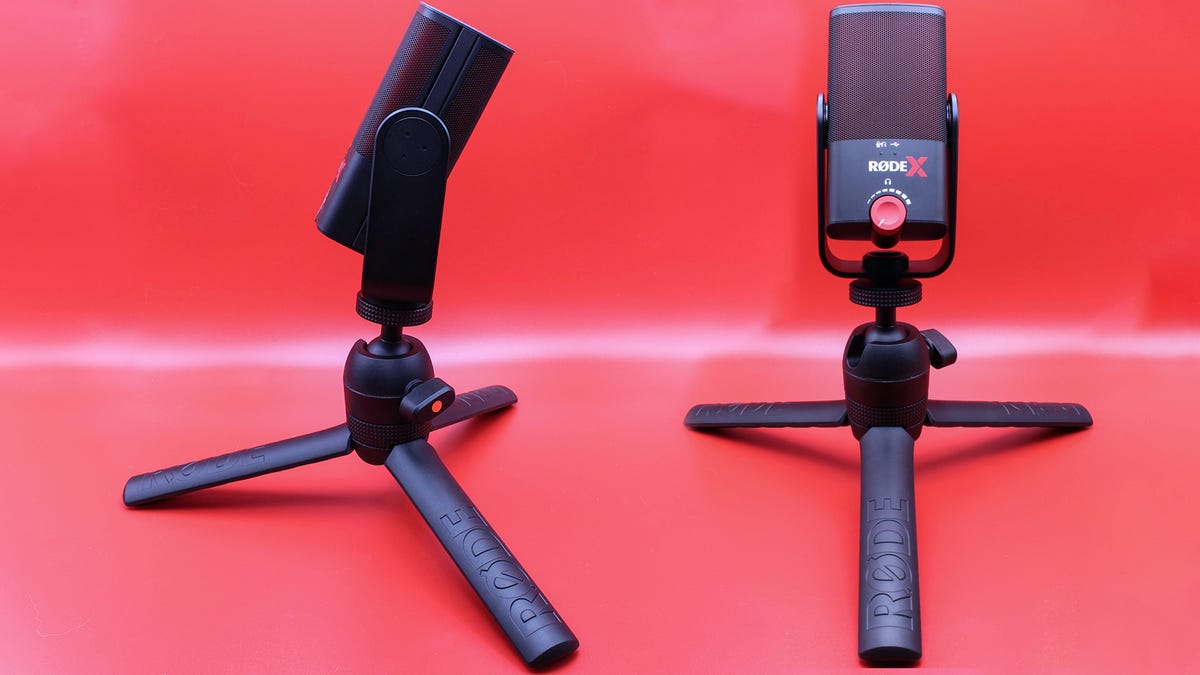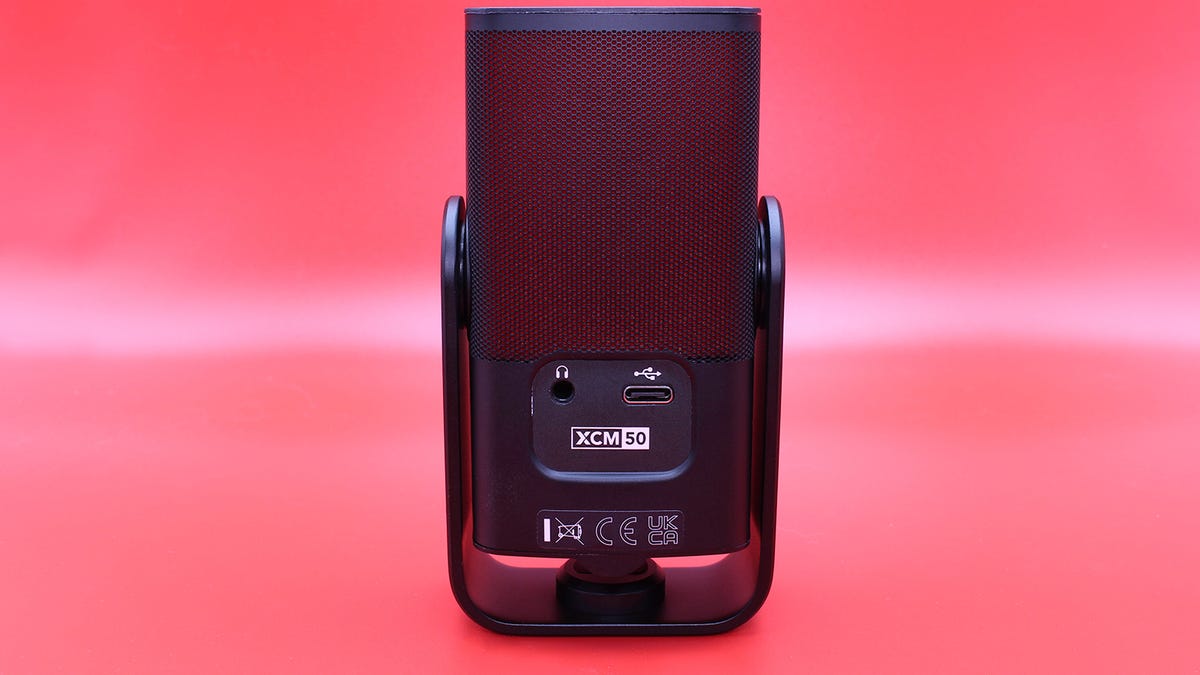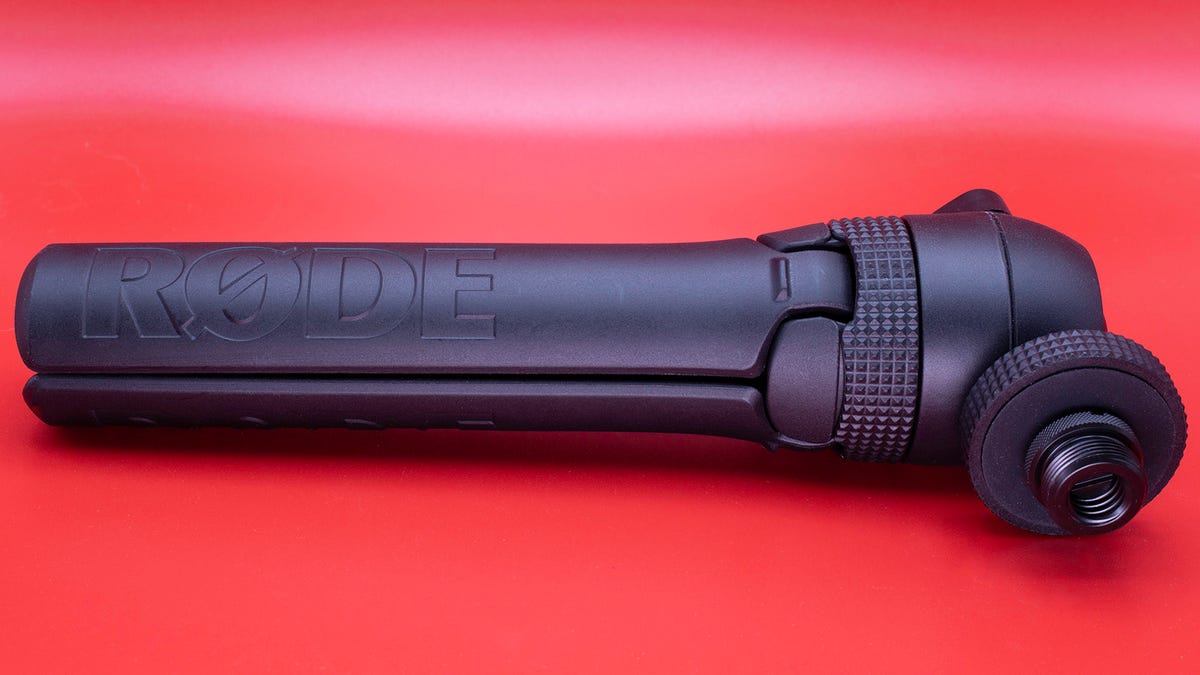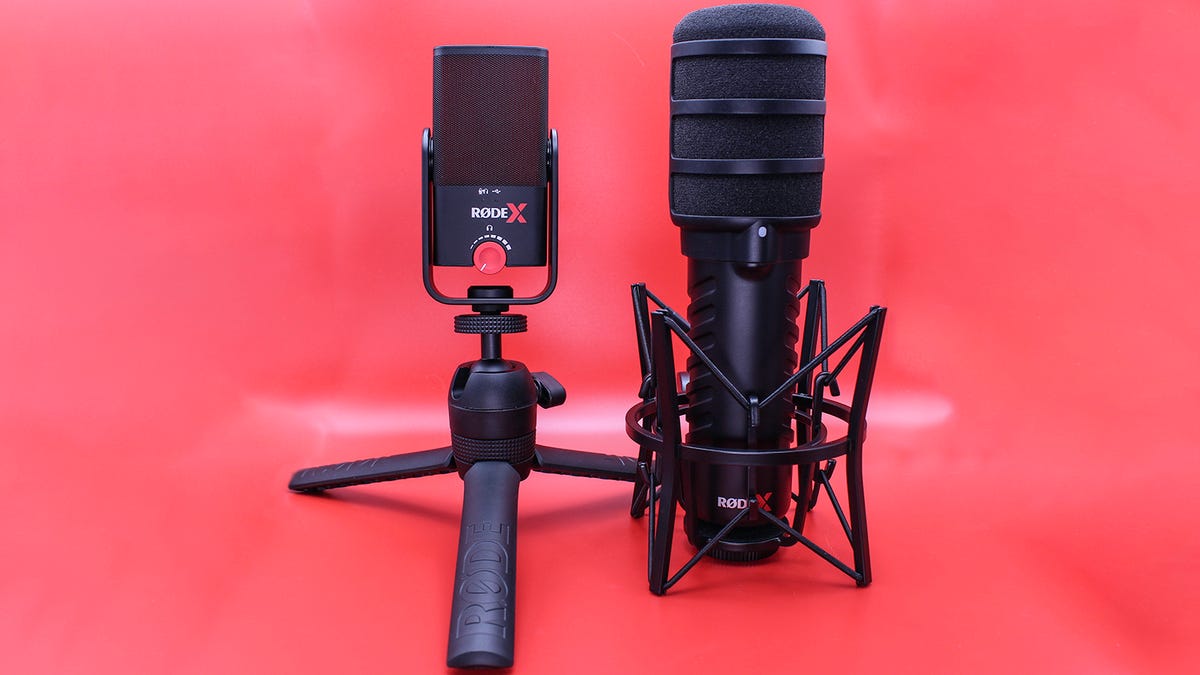Rode is best known for its professional audio equipment. Singers, podcasters, and other populations that frequent recording studios are familiar with the brand. In recent years, however, its reputation has grown among the general public thanks to more easily accessible models such as the Pod mic, or the Procaster.
Rode microphones are currently mainly aimed at gamers and streamers who are looking for professional quality sound. Rode has wisely decided to tap into the vein with the launch of its Rode X sub-brand. The new branch aims to bring Rode’s audio fidelity and build quality to gamers, while reducing complexity and price. associated with professional equipment.

Rode XCM-50 – Best prices:
 LDLC
LDLC169.96
 Amazon
Amazon189.00
 Amazon Marketplace
Amazon Marketplace196.99
In this article, we’ll take a look at the smaller and cheaper of the two mics in this new line: the XCM-50. This model works via USB, which means no mixer is required.
Instead, Rode is providing its new Unify software for free with every purchase of Rode X. The latter makes available a virtual mixer, sound effects and more. The result is a microphone that far exceeds the rest of the products in its line.
Features
- Microphone type: compact capacitor
- Sound recording model: side-address cardioid
- Frequency range: 20Hz – 20kHz
- Connectivity: USB-C
- Monitoring: Zero-latency 3.5mm analog headphone output
- Sampling quality: 24 bit
- Compatibility: Windows 10 or later, macOS 10.12 or later
- Accessories included: tripod, headphone cable, USB-C to USB-C cable
- Dimensions and weight: 62 x 42 x 118mm, 492g
Demo video
I recorded a microphone test with the XCM-50 and its big brother the XDM-100. The XCM-50 is tested first, but feel free to continue the video to see how it fare against the XDM-100.
Design and performance

The included tripod can be used with the microphone or with any camera that supports a standard size stand. This is a plus if you plan to mount it on a pole. // Image: Michael Gariffo/ZDNET.
The XCM-50 is the most economical model in the Rode X range, with a price of 189 euros. That puts it in close competition with Logitech’s Blue Yeti. Rode’s gadget does rather well in this segment.
The warm sound profile, which you can hear in the video above, suits the shape of the device well. It has that “old-school” grit you’d expect from a device that looks like a retro-futuristic take on 50s crooner mics.

The USB-C port and zero-latency headphone jack are on the back of the mic. // Image: Michael Gariffo/ZDNET.
Even with this sound profile of its own, the XCM-50 offers excellent sound fidelity, with the bare minimum in terms of audio compression (a miracle for a USB microphone). A trained ear probably wouldn’t mistake it for a high-end XLR mic, but then again, the interface needed to connect this type of mic would cost almost as much as that XCM-50 alone.

The tripod folds up for easy storage on the go // Image: Michael Gariffo/ZDNET.
Despite the relatively low cost, the build quality is on par with the more expensive Rode products I’ve tested. Even the tripod mount looks like a professional accessory.
I wouldn’t necessarily recommend the XCM-50 to those on a bigger budget, or to podcasters who expect their audience to be fully focused on their vocals. But, for a beginner streamer, someone who wants a compact model that doesn’t fill their field of view, or anyone who wants a “plug-and-play” option to take with them, the XCM-50 is an attractive proposition.
Conclusion

Rode X’s XCM-50 next to its big brother, the XDM-100 // Image: Michael Gariffo/ZDNET.
Too many companies think that making a gaming version of a product means turning it into a flashing toy. Rode, on the other hand, respects that gamers are some of the most tech-savvy and knowledgeable people around. The company has released a quality mic that doesn’t need RGB diodes all over the place.
The XCM-50 is a superb entry-level all-in-one product for streamers and content creators looking for a compact mic that can be mounted on an articulating arm or used on the go.
Between the XCM-50 and the XDM-100, the Rode X range is stunning for its debut.
Advantages and disadvantages
Strong points :
- a more compact design than competitors;
- an elegant aesthetic, not too labeled “gamer”;
- tripod mount included.
Weak points :
- sound not as clear as XDM-100;
- the grille, which tends to trap dust and debris;
- shock mount options, limited.
Alternatives
It’s not for nothing that it has always existed. The Logitech Blue Yeti is a solid, great-sounding microphone that comes with everything you need to get started. Just know that its weight and size are comparable to the XDM-100.
If you think your mic should be the centerpiece of your stream, the HyperX QuadCast S comes equipped with RGB lighting, a stand, and a shock mount.
If you like the compact size of the XCM-50, but prefer something less expensive, Logitech’s Snowball is an option to consider.
Source: ZDNet.com
